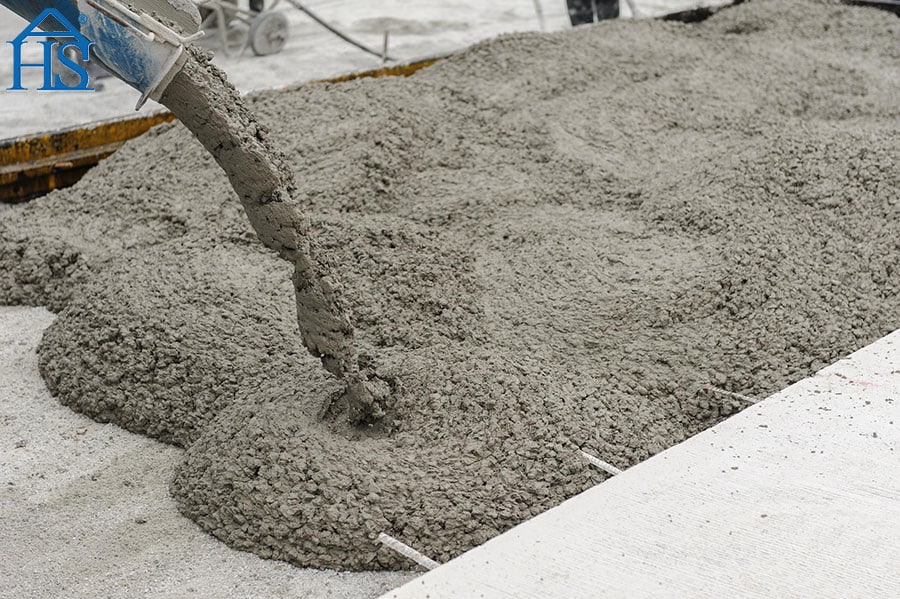Silica fume and slag powder are both supplementary cementitious materials (SCMs) used in the construction industry to improve the properties and performance of concrete. While they may share some similarities, they have unique characteristics and different applications. Here, we will discuss the key differences between silica fume and slag powder.
Composition and Origin
Silica Fume: Silica fume, also known as microsilica, is a byproduct of the production of silicon or ferrosilicon alloys in electric arc furnaces. It consists of very fine, amorphous (non-crystalline) silica particles, with a high silicon dioxide (SiO2) content of around 85-96%.
Slag Powder: Slag powder, as previously mentioned, is a byproduct of the ironmaking and steelmaking processes. It is composed of various minerals and compounds, with its specific composition depending on the type of ore being processed and the production methods employed. Slag powder’s primary components include calcium, aluminum, and silicon oxides.
Physical Properties
Silica Fume: Silica fume particles are extremely fine, with particle sizes ranging from 100 to 150 times smaller than cement particles. This high fineness contributes to its pozzolanic reactivity, which is the ability to react with calcium hydroxide in the presence of water, forming additional cementitious compounds.
Slag Powder: Slag powder has a coarser particle size compared to silica fume, although it is still finer than most cement particles. Its fineness affects its reactivity and water demand when used as an SCM.
Reactivity and Mechanism
Silica Fume: Silica fume acts as a pozzolanic material in concrete, meaning it reacts chemically with the calcium hydroxide produced during cement hydration to form additional cementitious compounds, such as calcium silicate hydrate (CSH). This reaction contributes to the strength and durability of the concrete.
Slag Powder: Slag powder, particularly ground granulated blast furnace slag (GGBFS), exhibits both pozzolanic and latent hydraulic properties. It reacts with calcium hydroxide, similar to silica fume, but also has the ability to react with water directly to form cementitious compounds. This dual mechanism helps improve the concrete’s long-term strength development.
Applications
Silica Fume: Silica fume is primarily used to produce high-performance concrete (HPC) and ultra-high-performance concrete (UHPC), where its addition can significantly improve the strength, durability, and overall performance of the concrete. It is also used in refractory materials, oil well cementing, and advanced composite materials.
Slag Powder: Slag powder is used in a variety of applications, including concrete production as an SCM, soil stabilization, agriculture, and waste management. In concrete, it can replace a portion of Portland cement, reducing CO2 emissions and lowering the overall cost of concrete production.
Environmental Impact
Silica Fume: Using silica fume as an SCM helps reduce the demand for Portland cement, which is responsible for a significant portion of global CO2 emissions. However, its production process is energy-intensive, and its availability is limited compared to slag powder.
Slag Powder: Slag powder offers more substantial environmental benefits due to its widespread availability as a byproduct of iron and steel production. Its utilization in concrete can significantly reduce CO2 emissions, conserve natural resources, and contribute to waste management efforts.
In conclusion, while silica fume and slag powder are both used as SCMs in the construction industry, they have distinct differences in terms of composition, origin, physical properties, reactivity, applications, and environmental impact. Silica fume is primarily used for high-performance concrete applications due to its high pozzolanic reactivity and fine particle size. In contrast, slag powder is more widely available and versatile, with applications ranging from concrete production to soil stabilization and agriculture.
Understanding these differences is essential when choosing the appropriate SCM for a specific application, as it will influence the concrete’s performance, cost, and environmental footprint. By selecting the right material for the job, engineers and construction professionals can optimize the benefits of these supplementary cementitious materials and contribute to a more sustainable built environment.





